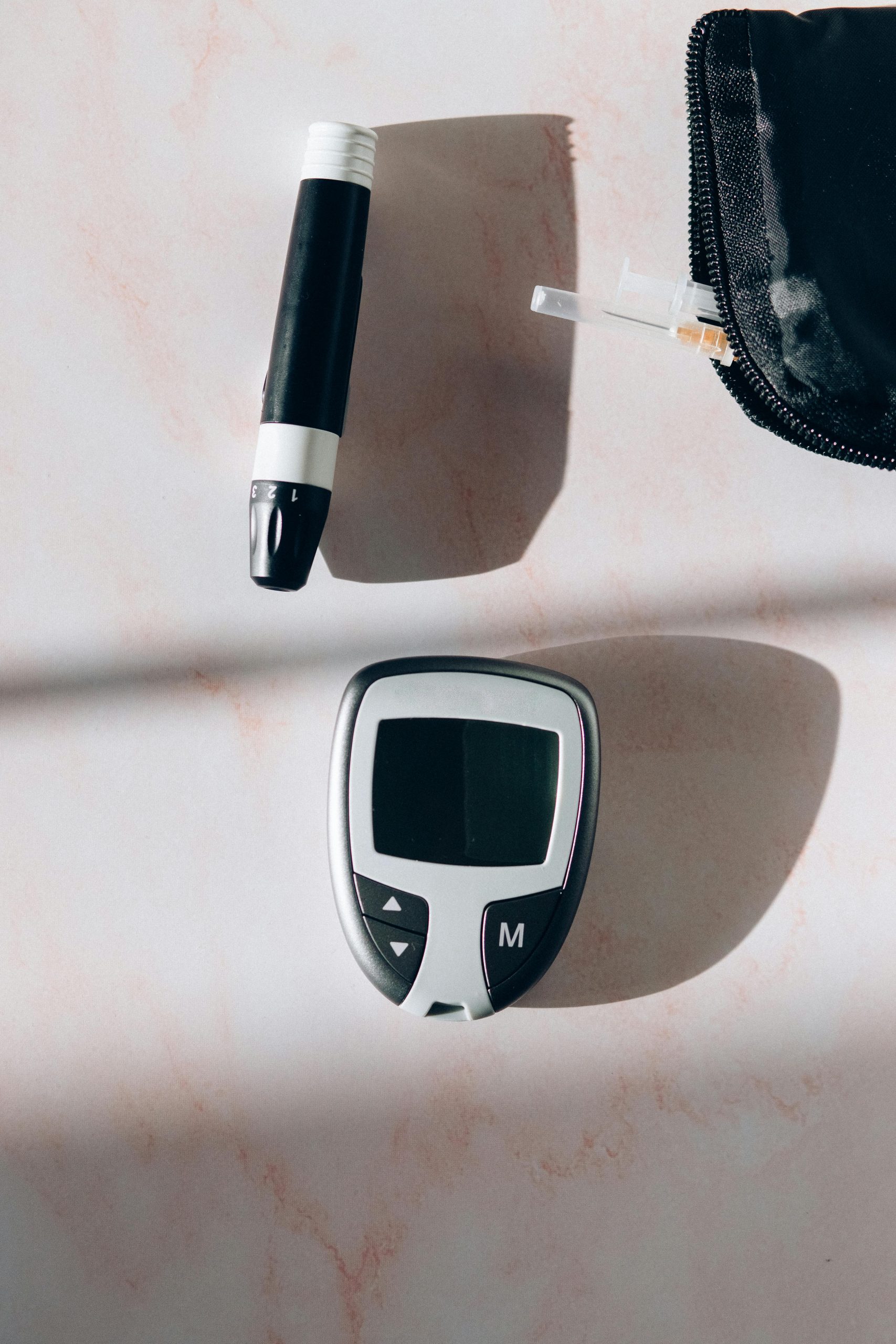What is melioidosis, and why do we see an increase in cases following heavy rainfall and flooding?


What is melioidosis, and why do we see an increase in cases following heavy rainfall and flooding?

Thursday – Top 5! March 13, 2025 Share your Top 5, but keep the category a secret!

Brad Banducci, the former CEO of Woolworths, has taken the helm at Ticketek’s parent company, TEG, starting this month. It’s quite an intriguing transition, moving from one company facing accusations

If no action is taken, it’s predicted that by 2050, 50% of Australian children and adolescents will be either overweight or obese. Specifically, 2.2 million young Australians are expected to
Melioidosis is an infectious disease caused by the bacterium Burkholderia pseudomallei. It is primarily found in tropical regions, particularly in Southeast Asia and northern Australia, and can infect humans and animals through direct contact with soil or water contaminated with the bacteria.
Cases of melioidosis often spike after flooding and heavy rainfall for several reasons:
Increased Exposure: Flooding can bring B. pseudomallei to the surface, making it more accessible to humans. People might come into contact with contaminated soil or water, especially if they engage in outdoor activities or work in agricultural fields post-flooding.
Soil Disruption: Heavy rains can disrupt the soil where the bacteria reside, causing it to spread and contaminate larger areas. This disruption increases the likelihood of exposure when people wade through or work in affected areas.
Compromised Health Conditions: Flooding can lead to unsanitary living conditions and increased stress on health systems, making people more susceptible to infections. Individuals with existing health conditions, particularly diabetes, are at a higher risk of developing severe melioidosis.
Environmental Factors: The flooding creates a conducive environment for the bacteria to thrive, as wet and warm conditions favor its survival and dissemination in the soil and water.
To mitigate the risk, it’s essential for communities in affected areas to practice good hygiene, be aware of the symptoms of melioidosis, and seek medical attention if they come into contact with potentially contaminated environments.